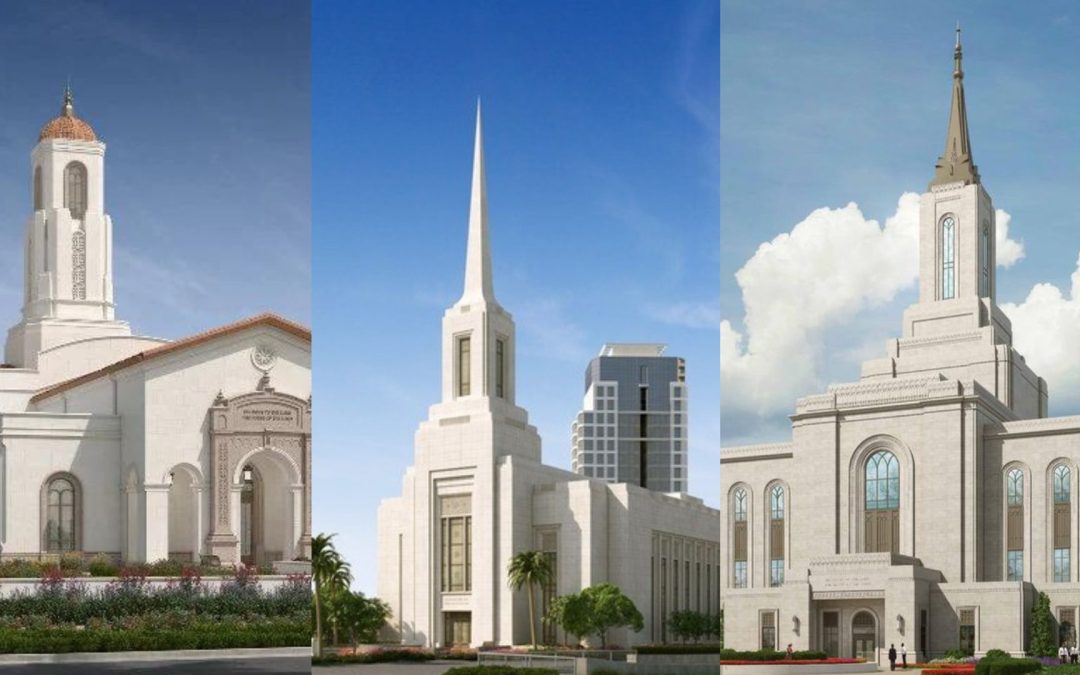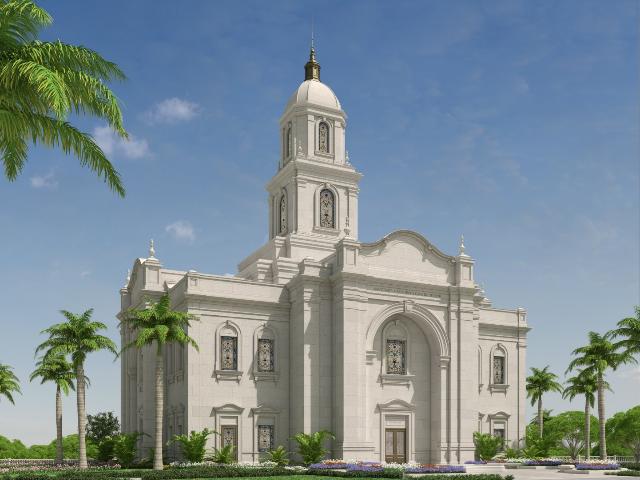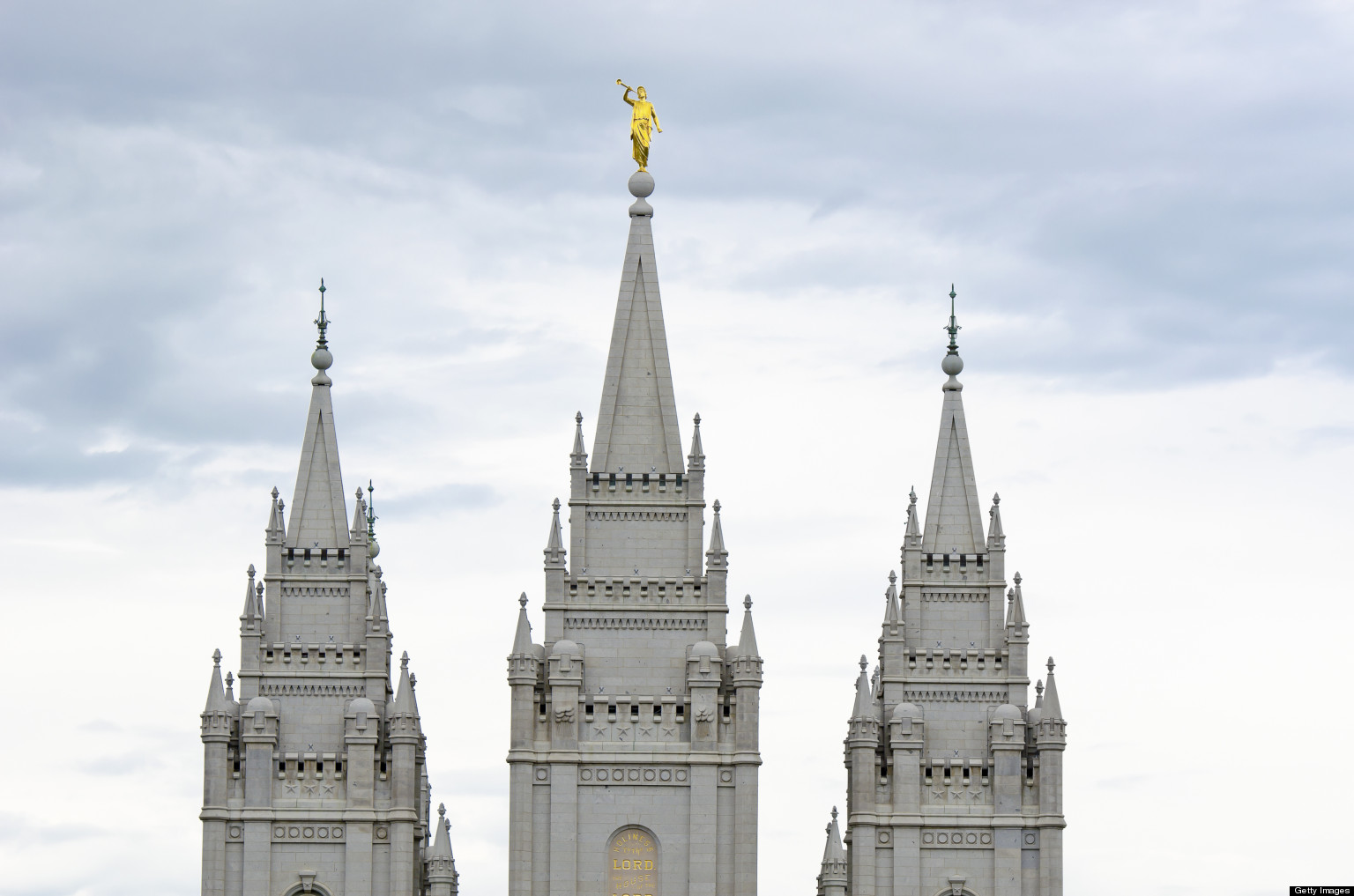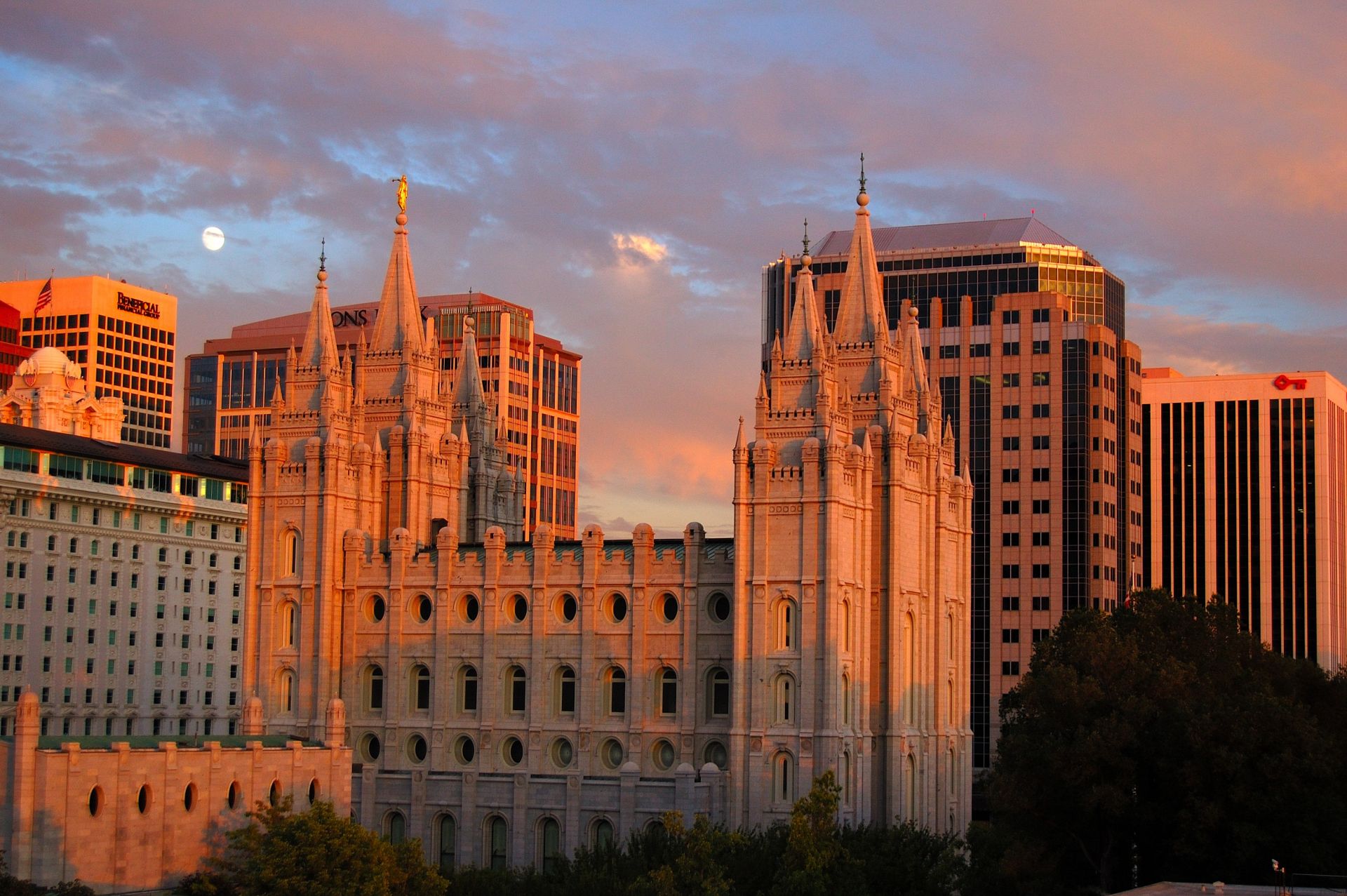In a significant departure from tradition, the Church of Jesus Christ of Latter-day Saints (LDS Church) has unveiled a series of new temples that do not feature the iconic statue of the Angel Moroni adorning their spires. This shift has sparked considerable discussion and debate among both members of the faith and observers outside of the latter-day saint community. As the Church continues to expand and adapt in the modern era, the absence of Angel Moroni atop these new temples reflects an evolving perspective and offers an opportunity to explore the significance and implications of this change.
A Symbolic Change
For many years, the statue of the Angel Moroni has been a recognizable symbol of the LDS Church, serving as a representation of the Restoration of the gospel as believed by the saints. The figure, based on the angel mentioned in the Book of Mormon, is depicted blowing a trumpet, symbolizing the spreading of the gospel message throughout the world. However, the decision to exclude the Angel Moroni statue from new temple constructions demonstrates a shift towards a more minimalist approach, focusing on the architectural beauty of the temples themselves rather than relying on external symbols.
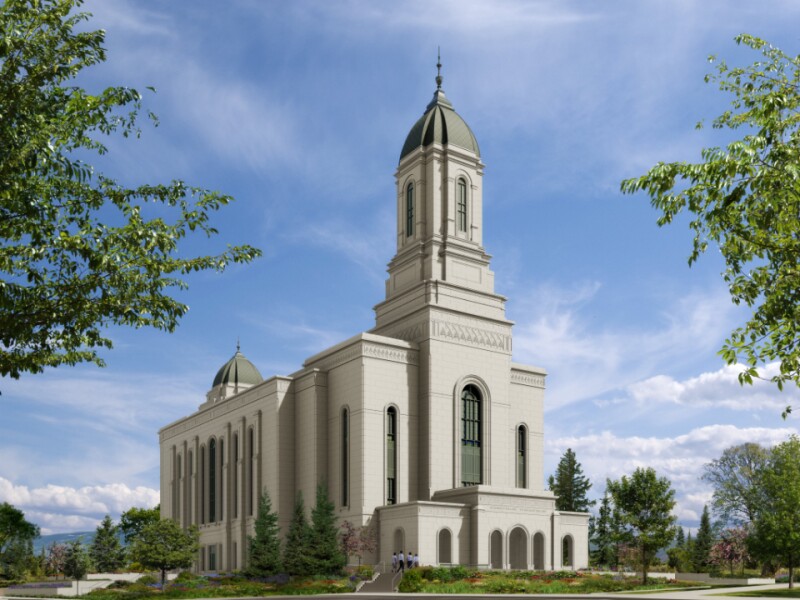
Modern Aesthetic and Context
One of the potential reasons cited for the absence of the Angel Moroni statue is the desire to create a more modern and harmonious aesthetic in temple design. By removing the statue, the temples can better blend with their surrounding architectural styles and landscapes. This move resonates with the Church’s efforts to adapt to the cultural and architectural nuances of various regions where temples are being constructed. It signifies an intention to create a sense of unity and cultural integration, embracing the uniqueness of each location.
Focusing on Core Doctrines
Another perspective on the exclusion of the Angel Moroni statue is that it encourages a shift in emphasis towards the core doctrines and teachings of the LDS Church. By removing the prominent external symbol, the focus is redirected to the sacred ordinances and rituals that take place within the temple. This change aligns with the Church’s ongoing commitment to its central teachings, such as eternal families, salvation, and spiritual growth, which are at the heart of temple worship.
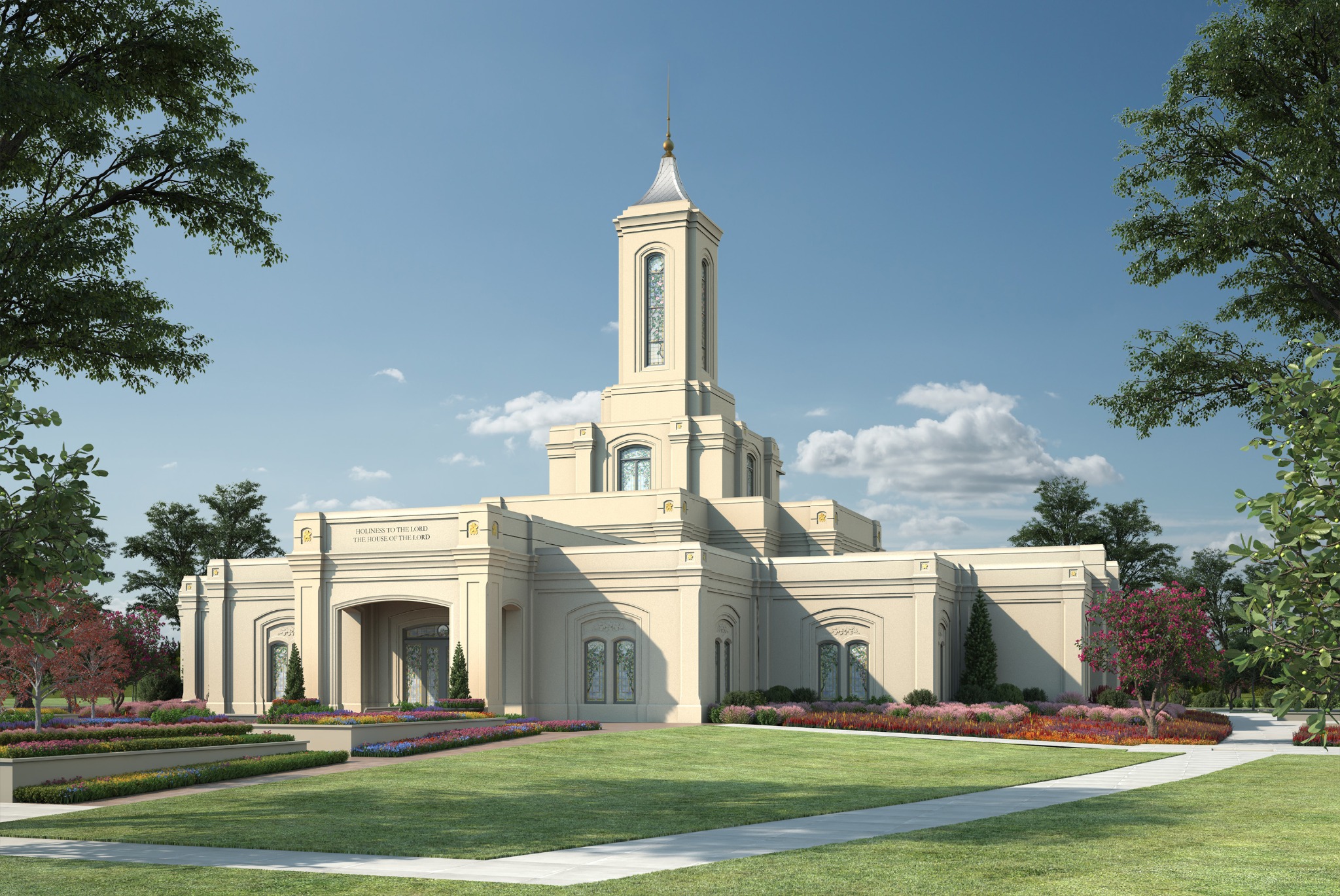
Preserving Sacredness
Critics argue that the absence of the Angel Moroni may diminish the recognizable identity of LDS temples and potentially dilute the distinctiveness of their architectural design. However, proponents of this change argue that preserving the sacredness and reverence associated with the temple experience takes precedence over external symbols. The inward focus allows individuals to center their attention on personal spiritual growth and the divine connections they seek within the temple, rather than being distracted by external embellishments.
The decision by the LDS Church to construct new temples without the iconic Angel Moroni statue marks a notable departure from traditional temple design. This change highlights the Church’s commitment to creating a more harmonious architectural aesthetic, adapting to regional contexts, and redirecting focus to the core doctrines and spiritual experiences that occur within the temple. As the LDS Church continues to evolve in the modern era, this departure invites reflection on the significance of external symbols in religious practice and the ever-changing nature of faith expression that will continually be covered by Moroni Channel.
Latest posts by Moroni Channel News (see all)
- 9-year-old primary killed while riding bike - June 26, 2025
- 8 young women died during church activity - June 26, 2025
- LDS Church yet to issue official statement on reported Missionary kidnapping in Congo - June 21, 2025
- Utah Native Finds Success on Broadway and HBO’s Gilded Age - June 19, 2025

